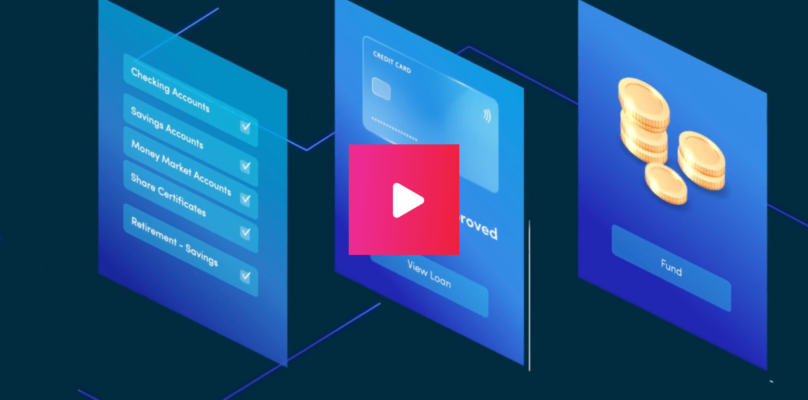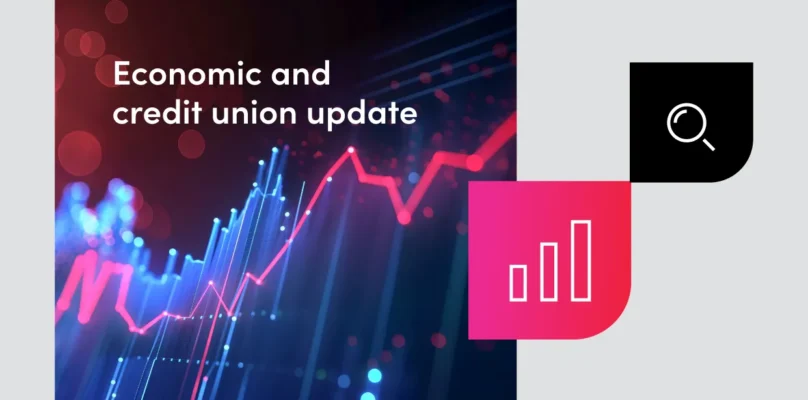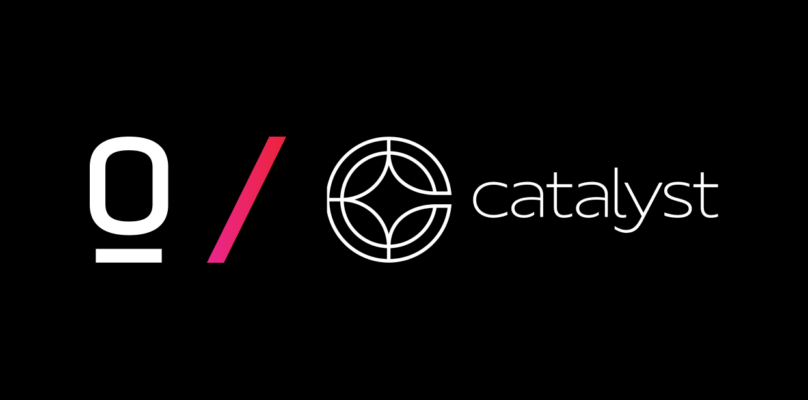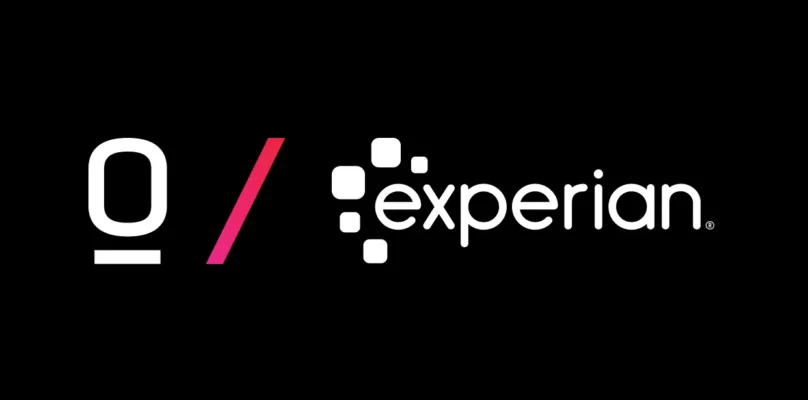Historically, credit unions have strived to be their members’ primary financial institution (PFI) – the place where people have their checking account, direct deposit, favorite credit card, possibly even their mortgage. However, the PFI concept is quickly evolving.
Today, more consumers are viewing their cell phones as their PFI. It is not uncommon for members to use different institutions for deposits, loans, and investments – all powered by convenient smartphone apps. This does not mean credit unions are becoming irrelevant, but it does mean they must be consistently thinking about how to be more relevant in a digital-first ecosystem.
“Zappos can get shoes from an online order to my front door in less than 24 hours. Why can’t I get an unsecured personal loan that fast?”
What is True Digital Transformation?
Credit union leadership must ensure their organization is moving toward digital transformation. Digital transformation is more than bolting digital services onto antiquated processes or attempting to operate a little quicker. True transformation requires the integration of digital technology into all areas of its business, fundamentally changing how the credit union operates and delivers value to its members.
Digital transformation also requires a fundamental cultural shift whereby organizations continually challenge the status quo, get comfortable with experimentation, and have the courage to fail in the process – then learn, start again, and evolve.
So what does the term “digital transformation” entail, exactly? Some believe if their credit union adds online banking capabilities, or creates a mobile app, it has “gone digital.” But there is much more involved in achieving digital transformation.
Some banks have rather eye-catching initiatives that make a difference – such as a strong mobile app – but not necessarily a transformed back office. Is “push button, get loan” digital transformation? Or is it 5,000 people in a back-office scrambling to make phone calls and processing the same as everyone else? No financial institution has fully cracked the nut of end-to-end digital transformation.
True transformation involves the integration of digital capabilities throughout all areas of the process flow and value stream. This includes how the credit union operates from both a member-facing and a back-office perspective.
In practical terms, this means more than having a webpage with a list of services and the ability for a shopper to complete a membership or loan application. It means full integration, from both the member and staff perspective, from the beginning to end of the loan experience – sourcing and shopping, through the entire origination process.
Digital transformation even extends to servicing: can the borrower make a payment via text? Can they see their balance in two clicks? Can collections reach out to the borrower via text after a payment is missed?
To arm your credit union with the tools it needs to affect a digital transformation, as many as five infrastructure pieces must be put in place (depending on the capabilities of your current systems):
- A core conversion
- An online banking conversion
- The creation of a mobile app
- Loan origination system (LOS) conversion
- Credit card conversion
These infrastructure conversions are critical to the operation of the credit union, making it difficult to transition to digital transformation in one step or project. It’s really a multi-step process, spanning multiple years.
While it is recommended that a credit union only target one of these major transformational projects each year, it can tackle several “refactoring” projects simultaneously. Refactoring is making small changes to programs that do not significantly disrupt an experience but will cumulatively have material benefit. A credit union can make significant headway towards full digital transformation in a single year by combining one significant project with several refactoring efforts.
Best Practices to Achieve Digital Transformation
After our years of experience working closely with credit unions, we have learned that organizational alignment is critical before launching any transformation initiatives. Leadership must ensure that there is genuine employee engagement at all levels. This includes having unwavering support from the executive team and board through to line-level management that executes the strategy. Effective execution requires cross-functional collaboration with a leadership team that has the respect and courage necessary to hold each other accountable, and is able to move from idea to execution.
Origence has created the Digital Transformation Playbook, which takes credit unions through the initial critical steps of their digital transformation journey. The playbook details what we see as the five pillars of digital transformation:
- Define digital transformation for your credit union
- Recognize why digital transformation is imperative
- Lead the organizational shift required for meaningful transformation throughout the entire credit union
- Understand where to start and what initiatives to prioritize
- Acquire the knowledge and skill sets for effective execution
In recent years, credit unions have kept a wary eye on the rise of fintechs. They have seen how fintechs are creating new and original experiences for consumers. Some see this as an existential threat, while others see an opportunity to partner with one or more fintechs.
One lesson that can be learned from fintechs is increasing automated decisions in lending. Whichever loan origination system your credit union uses, make sure you engage with your provider to get as much out of it as possible. Many credit unions have less than 30 percent automated decisions, but this figure should be much higher. Leading lenders automatically decision nearly 70 percent of applications, while emerging fintechs are systematically decisioning more than 80 percent of applications.
In addition to leadership buy-in, every end user who will be impacted has to be on board. Knowing the downstream impacts of all decisions is key. For example, if automated decisions increase the pull-through of applications, have you prepared the processing team, title perfection team, and collectors for the increase in volume? Have they been equipped with the tools and transformation necessary to scale?
Does your credit union have the resources to execute a digital transformation? Start by leveraging your credit union service organization (CUSO) partners, your leagues, and even your relationships with local universities. Many universities offer education-to-business (E2B) programs that match upper-class and graduate students, led by qualified instructors, with businesses to work on digital transformation projects at very affordable rates.
The CUSO Advantage
There are many advantages to working with a CUSO. Pure CUSOs, such as Origence, are owned exclusively by credit unions and are not building toward an exit. In Origence’s case, we go as our credit unions go. That is not to disparage fintechs, but long-term strategy should be considered when forging partnerships. CUSOs that align with credit unions, understand the importance of member service. For example, a credit union may have a record month in loan fundings, but if they do not meet service levels for turnaround time, then they have not achieved their member service goals. Business Process Outsourcing (BPO) CUSOs, like Origence Lending Services, help credit unions scale operations while digital transformation efforts are underway.
Strategic partnerships that advance lending automation, and the overall lending experience for staff and members, can play a vital role in digital transformation. Origence announced two partnerships with fintechs at our recent Lending Tech Live conference. One is with Zest AI, leveraging its advanced machine learning credit-scoring technology, which is a true value-add for our platform and our credit unions. The second is with Informed.IQ, which will help credit unions move toward paperless, thanks to AI-based document identification.
Partnering with these and other tech leaders, we’ve been able to advance our efforts in providing transformational technology to our credit unions.
Embrace and Accelerate
Contrary to some of the industry narrative, credit unions, by and large, are neither behind nor ahead of other financial institutions on digital transformation. According to Cornerstone Advisors’ 2022 What’s Going on in Banking study, 75 percent of banks and credit unions have launched a digital transformation initiative, while another 15 percent plan to develop a digital transformation strategy in 2022.
At the center of digital transformation is the customer experience, with every part of the business – products, processes, and platforms – supporting this experience. Financial institutions must not view digital transformation through a “feature-first” lens, but how the change adds value to the member experience.
Digital transformation establishes a new model and culture of innovation and learning, all enabled by technology. Credit unions that embrace and accelerate digital transformation will have a sustainable and resilient foundation to grow from, ensuring market relevancy for years to come.
As each credit union embarks on this journey, they must first define what digital transformation means for their institution and, just as importantly, what value it brings to the member and staff experience at every touchpoint and with every transaction.
Discover how Origence can help you on your digital transformation journey.












